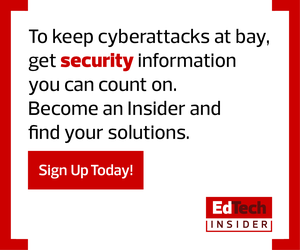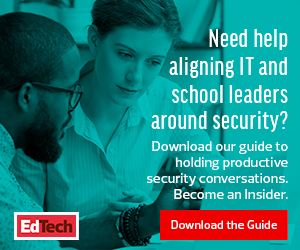Understanding Student Safety in the Educational Landscape
As a whole, there are three interrelated and inseparable aspects to keeping kids safe: physical safety, online safety and data safety.
Physical safety is the oldest and most primitive form of safety. The impact of physical safety failures or mishaps is often immediate, and the results are physical injury or death. Threats include active shooters, abductions and accidents.
Online safety is a relatively new concern in the past twenty years or so. Online safety is not as well understood as physical safety, and neither is the impact. Threats include online predators, cyberbullying, pornography and online human trafficking. In terms of incident frequency, this is likely the fastest growing safety issue for kids.
Data safety is about the data we collect and maintain about the kids who attend our schools. It’s valuable to scammers: Identity theft is a common consequence of K–12 data breaches, and more than 1 million children were victimized in 2017 alone. Children are common targets because they provide a “clean slate” for scammers to work from. Data safety issues result in financial harm and significant stress, usually over the long term.
That said, physical, online and data safety cannot be separated and should not be treated as separate issues.
DISCOVER: Why are cyberattacks increasing in schools?
What Exactly Is Cybersecurity?
The simplest definition of cybersecurity is protecting people from technology-related risk. If technology is used in any way to harm someone, it fits our definition of a cyberthreat. Stealing someone’s information or money using a computer is an obvious risk, but so are things like cyberbullying and online safety.
The concepts of safety and achievement have also been at the forefront of K–12 educators for years, but prior to the explosion of technology in the classroom and at home, protection and preparation were simpler. Those have become serious — and sometimes confusing — challenges in today’s hyperconnected and complex world.
Kids are connected constantly, often in ways that we don’t fully understand or appreciate. Connectivity to the world and each other has real benefits, but with the good comes the bad. The internet kids use for homework and social interaction is the same internet used by criminals with evil intentions. When we’re not careful, or when we don’t treat cybersecurity as a safety issue, we invite these criminals into our homes, our classrooms and our kids’ minds.
The fact is, kids are at constant risk of harm from cybersecurity-related threats. Keeping kids safe from online harm is a serious challenge; solving it will require educators, parents and regulators to work together.
Cybersecurity is also woven into almost all aspects of our lives; therefore, it has a significant impact on student achievement. The need for cybersecurity life skills and safe online habits will only grow in significance over time. Educators are the ones who bridge the gap between older generations, where cybersecurity skills were unheard of, and today’s students, for whom cybersecurity skills will play a critical role in adult life.
Additionally, cybersecurity jobs need to be filled. According to a recent study by (ISC)2, there are more than 4 million unfilled cybersecurity positions worldwide. The cybersecurity career field is vast, with jobs ranging from highly technical to management and everything in between. The industry needs new cybersecurity professionals, and K–12 is the place to begin preparing them. Kids need to know that a cybersecurity career is an option. They need to know what these jobs look like and how they can begin building the skills necessary for a successful career in the cybersecurity industry.












